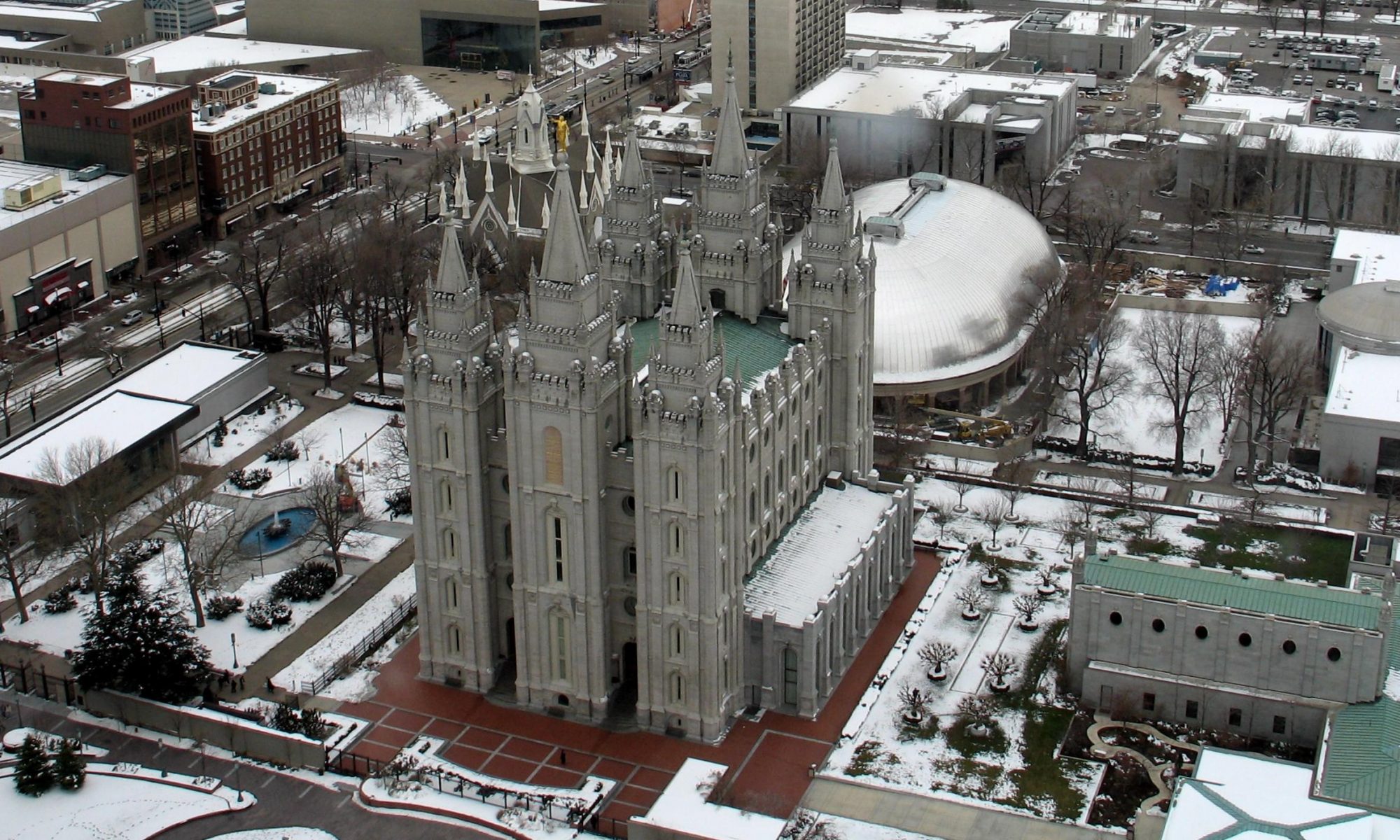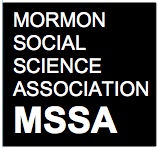Question #1: Just got to wondering… What process does the Church use to decide which missionaries go where?
A member of the MSSA reported via secondhand knowledge that General Authority’s of the religion make the assignments (General Authority’s are men in the upper hierarchy of the religion who work full-time for the religion; they include: The Apostles and First Presidency, as well as members of the Seventies and Area Authorities). They are often assisted by aides familiar with the characteristics of missionaries and the requirements of missions. According to this individual’s source, the General Authority (GA) sits in front of two computer monitors – one has the missionary’s information on it, the other has the needs of missions on it. Based on that information, the GA makes the assignment.
Question #2: The reason why I ask is because it seems to me that church members look down on missionaries that go stateside.
Technically, questions 2 and 3 are hypotheses that warrant further investigation; which is to say, we don’t actually have empirical data on these questions (at least, no one in a position to reveal this information has empirical data on it). This may actually lead to a research study in the future. Until then, the best we can do is speculate based on our own experiences. Here are some of the responses:
- I too have only intuitive and impressionistic “data” from general conversations in various wards that the more “exotic” the mission, the higher the “status” of the mission call.
- Not all well-qualified missionaries can go abroad, so some go stateside.
- As to the perception of a “ranking” among mission calls (stateside vs. foreign), so many missions in the USA are now catering to large immigrant populations that whatever misconceptions the public has about this matter might eventually disappear once more and more missionaries get called to U.S. missions speaking Spanish, Vietnamese, Hmong, Portuguese, Creole, etc.
- The above point about the rise of U.S. missions to immigrant populations is well-taken. Transnationalism is changing everything. Things will change. But I remember as a child being enraptured by the stories told by missionaries returned from far away places, like New Zealand, Samoa and Germany (I vividly remember things about all three places to this day). I count it as one reason I’m an anthropologist today. I also remember my own disappointment in being sent to the Northern California Mission. The reason for my call became obvious to me soon after I arrived. I estimate that from 40 to 50% of the missionaries (maybe more) were there for some health reason or another. ( I had a chronic heart murmur.) Missionaries who encountered health and emotional challenges while in other missions (including severe culture shock) were often sent state-side to our mission. Parodying a popular movie at the time, we jokingly referred to ourselves as the “Mission of Fools.” And we were a motley crew in may ways. It was clear to me that we were as close to Utah and Idaho as possible; so we could easily be cared for back home if need be. Back to my disappointment: I knew I wouldn’t be sent overseas, but I had expected to be sent to what I think was then called the Spanish American mission, since I had many years of Spanish behind me at that time. Looking back, being in the Bay area at the time that Haight-Ashury in San Francisco and Telegraph Avenue in Berkeley were in their hippie golden age was about as exotic as anyone could wish for. I treasure the experience.
Question #3: It also seems like missionaries that have a health problem, like depression, end up going stateside, as if depression doesn’t have enough stigma associated with it.
As noted above, empirical data on this (that can be revealed) does not exist. Thus, here are some of the speculations from leading experts in the area:
- It would make sense, too, that missionaries with health problems would not be sent far away from where they could get immediate help with acute situations. Incidentally, just to add another dimension, I think this overlaps with the gender issue. That is, young women are less likely than young men to be sent to areas where they might not be “safe.” I suppose that accounts for the apparent fact that virtually all the missionaries in the Temple Square mission are women (plus a few older couples).
- From my experience watching missionaries go and return: If a missionary has problems abroad (medical injury, anxiety or more serious mental issues), they are often brought home to recover. If they are sent out again to finish their missionary term, they are almost never sent abroad again, but instead are sent stateside where they are closer to good medical personnel.
- Safety and availability of medical assistance certainly factor in to these decisions. Bishops and Stake Presidents are often reminded to be candid in their personal remarks about missionary candidates. And in recent years the Missionary Department has also increased the scrutiny regarding potential health concerns. Three years ago or so in my old campus ward I had a sister who wrote in the “Hobbies” section of the application something to the effect that she liked to “spend time alone.” I confess that I did not make much of an issue about that, but in a couple of weeks the Missionary Department asked for a professional evaluation. Oops …

